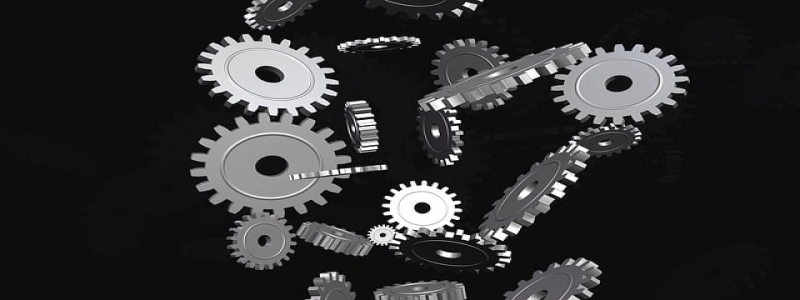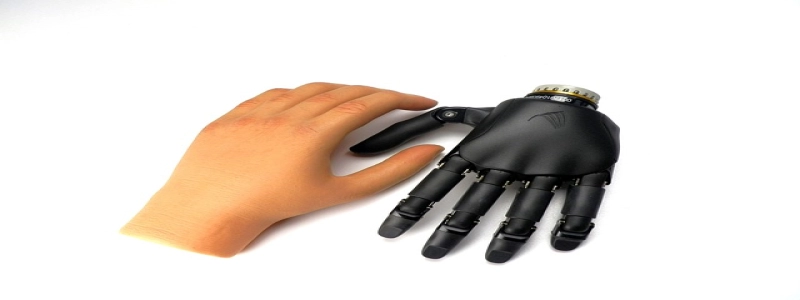Punch Down Ethernet
Introduction:
In modern networking systems, Ethernet cables are widely used to establish wired connections between devices. These cables carry data between computers, switches, and other network devices. One common technique used to connect Ethernet cables is called punch down. This method ensures a secure and reliable connection, providing efficient data transmission. In this article, we will delve into the details of punch down Ethernet, its benefits, and how to perform the process effectively.
I. What is Punch Down Ethernet?
Punch down Ethernet refers to the process of terminating an Ethernet cable onto a keystone jack or patch panel. It involves using a punch down tool to insert the individual wires of the cable into the designated slots on the keystone jack or patch panel. This results in a secure connection, ensuring the best possible performance for your network.
II. Benefits of Punch Down Ethernet:
1. Secure Connection:
Punching down Ethernet cables guarantees a secure connection between devices. The wires are securely fixed in place, reducing the chances of accidental disconnection or signal loss. This is especially beneficial in high-traffic areas or where cables may be subject to movement or vibration.
2. Improved Performance:
By using punch down Ethernet connections, you eliminate the possibility of loose connections or intermittent signal loss. A properly punch down cable ensures optimal signal transmission, leading to improved network performance and stability.
3. Neat and Organized:
Punch down connections help in maintaining a clean and organized network infrastructure. The securely terminated cables provide a professional look and facilitate easy cable management. This is particularly advantageous for large-scale installations or data centers.
III. How to Perform Punch Down Ethernet:
1. Gather the necessary tools:
To perform a punch down Ethernet connection, you will need a punch down tool, Ethernet cables, and a keystone jack or patch panel.
2. Strip the cable:
Carefully strip off the outer sheath of the Ethernet cable using a cable stripper tool, exposing the individual wires.
3. Arrange the wires:
Arrange the individual wires in the correct order according to the standard T568A or T568B wiring scheme. This ensures consistency and compatibility with Ethernet standards.
4. Insert the wires:
Using a punch down tool, insert each wire into its designated slot on the keystone jack or patch panel. Apply slight pressure with the punch down tool to secure the wire in place. Repeat this process for each wire.
5. Test the connection:
Once all the wires have been punched down, use a cable tester to verify the connectivity and ensure there are no loose or faulty connections.
Conclusion:
Punch down Ethernet offers several advantages, including a secure and reliable connection, improved performance, and a neat network infrastructure. By following the steps outlined above, you can effectively perform punch down connections and ensure optimal network performance for your Ethernet cables. Remember, a properly punch down cable is key to achieving the best results in your networking setup.








